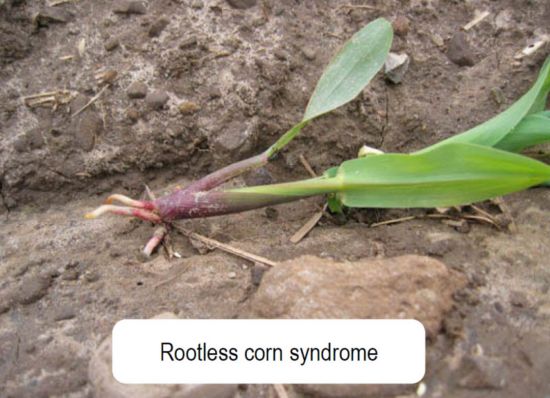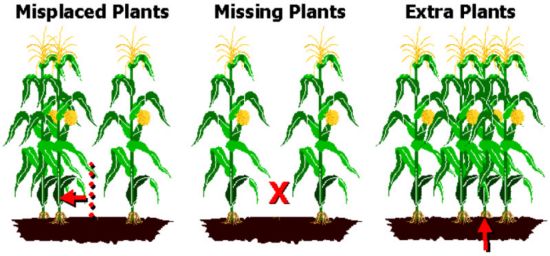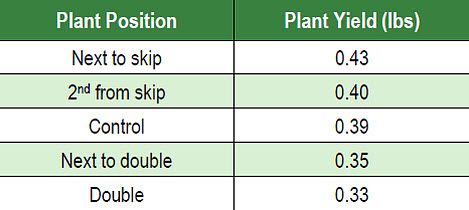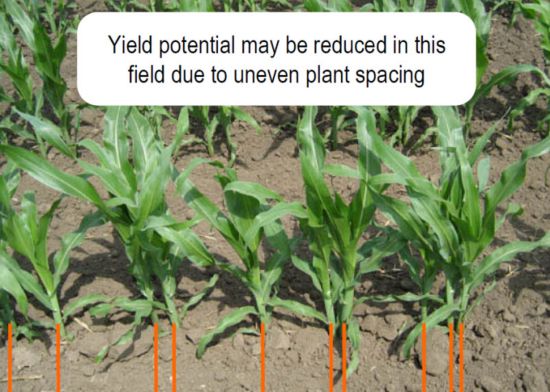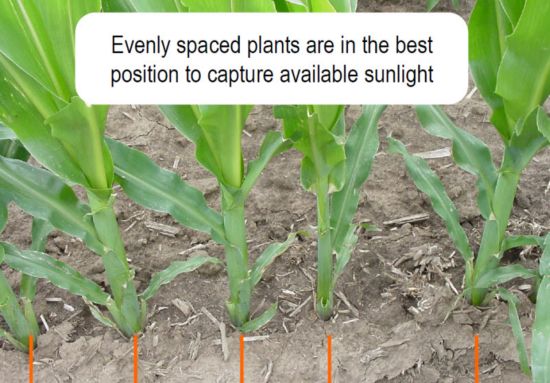Leverage our extensive testing data in many environments to find the best planting rate for your product with our Planting Rate Estimator.
Use Tool
Something went wrong. Please try again later...
Optimum Planting Depth
Planting corn to a depth of 1½ to 2 inches is optimum for nodal root development.
- 2 inches – best under normal conditions
- 1½ inches – may be favorable when planting early into cool soils
- Never plant shallower than 1½ inches
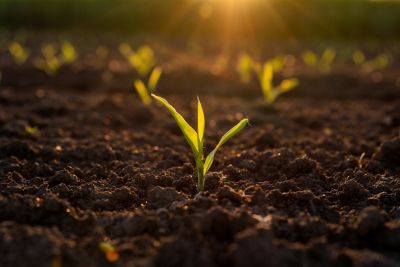
All products are trademarks of their manufacturers.
PIONEER® brand products are provided subject to the terms and conditions of purchase which are part of the labeling and purchase documents.

